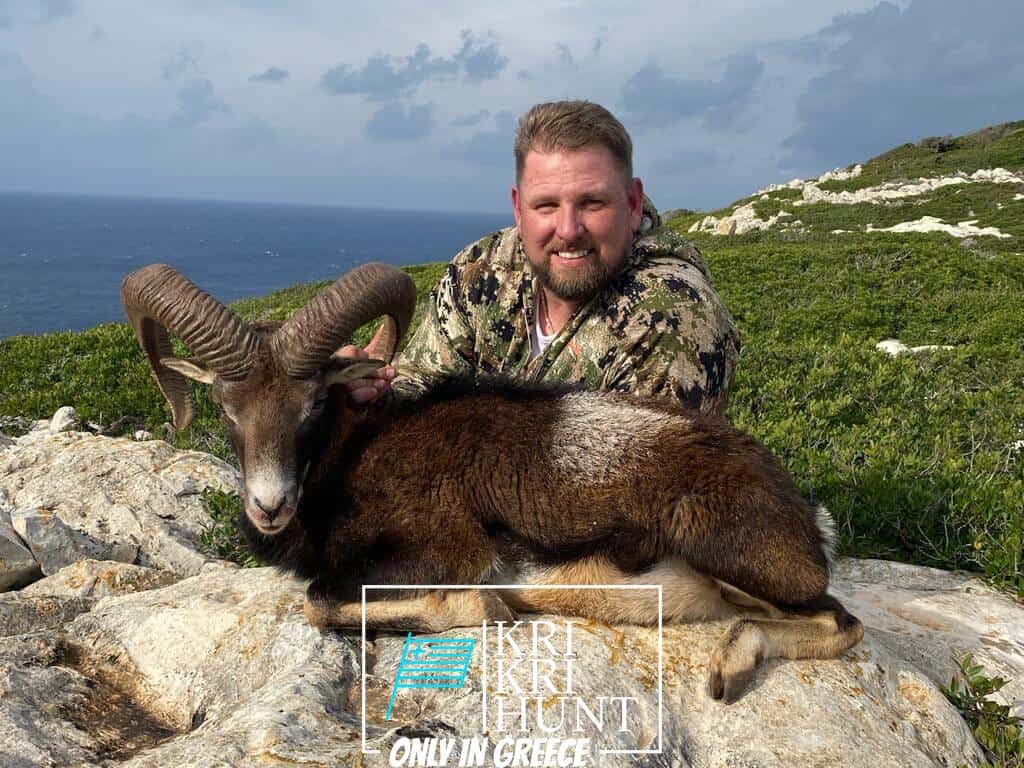
To lots of people, The Peloponnese peninsula on the Greek Mainland is the 'genuine' Greece, where things have actually not changed much in all over the centuries despite the fact that many individuals have actually uncovered it. This is an area where you could easily spend a month or even more yet if you are short on time after that our searching and visiting Peloponnese Tours from Methoni is a wonderful remedy. The Peloponnese peninsula has something for everybody with its various tasks and attractions.

Hunting the kri kri ibex in Greece can be a challenging task. Searching big game in Greece is difficult for international seekers. Wild boars and roe deer are the single option for regional hunters besides the kri kri ibex, which is just hunted in thoroughly secured unique searching territories such as certain islands. The Kri Kri Ibex and also mouflon can just be shot on unique hunting locations from morning up until noontime, according to Greek legislation. Slugs are the only ammunition allowed. You must schedule a minimum of a year beforehand for a certificate. To make sure that only serious seekers are permitted on these journeys, the Greek Ministry of Nature and also Agriculture concerns licenses. To make sure that the government problems a certain number of licenses each year.
On our Peloponnese excursions, you'll reach experience all that this incredible region needs to offer. We'll take you on a scenic tour of some of the most lovely and also historical sites in all of Greece, including ancient ruins, castles, and more. You'll also get to experience some of the conventional Greek culture firsthand by appreciating several of the scrumptious food and also white wine that the area is understood for. As well as obviously, no trip to Peloponnese would be complete without a dip in the shimmering Mediterranean Sea! Whether you're an experienced hunter searching for a newbie tourist or a new adventure just looking to discover Greece's sensational landscape, our Peloponnese excursions are ideal for you. What are you waiting for? Schedule your journey today!
There is truly something for everybody in the Peloponnese peninsula. Whether you want history as well as culture or nature as well as exterior tasks, this is a perfect location for your next holiday. If you are short on time, our hunting and touring Peloponnese Tours from Methoni is an excellent means to see everything this spectacular location has to offer.And lastly, your Kri Kri ibex trophy is waiting for you.
What is the diference between Kri Kri ibex, Bezoar ibex and hybrid ibex
The kri-kri is not thought to be indigenous to Crete, most likely having been imported to the island during the time of the Minoan civilization. Nevertheless, it is found nowhere else and is therefore endemic to Crete. It was common throughout the Aegean but the peaks of the 8,000 ft (2,400 m) White Mountains of Western Crete are their last strongholds–particularly a series of almost vertical 3,000 ft (900 m) cliffs called ‘the Untrodden’—at the head of the Samaria Gorge. This mountain range, which hosts another 14 endemic animal species, is protected as a UNESCO Biosphere Reserve. In total, their range extends to the White Mountains, the Samaria National Forest and the islets of Dia, Thodorou, and Agii Pandes.
This Ibex is NOT a diminutive form of the Bezoar Ibex, which has migrated into the western-most reach of the range of this species. The kri – kri (Capra aegagrus cretica), sometimes called the Cretan goat, Agrimi, or Cretan Ibex, is a feral goat inhabiting the Eastern Mediterranean, previously considered a subspecies of wild goat. The kri-kri has a light brownish coat with a darker band around its neck. It has two horns that sweep back from the head. In the wild they are shy and avoid tourists, resting during the day. The animal can leap some distance or climb seemingly sheer cliffs.
“The agrimi goat Capra aegagrus cretica is unique to Crete and its offshore islands. It has been identi®ed as a sub-species of the wild bezoar goat Capra aegagrus aegagrus Erxleben, 1777, which it closely resembles in horn shape, body form and coloration. This classi®cation has been disputed by some researchers who claim that the agrimi are feral goats, derived from early domestic stock brought to the island by the ®rst Neolithic settlers. In order to clarify this issue, DNA analyses (cytochrome b and D loop sequences) were carried out on tissue of live and skeletonized agrimi and compared to sequences of wild and domestic caprines. Results conclusively show the agrimi to be a feral animal, that clades with domestic goats (Capra hircus) rather than with wild Asiatic bezoar. This study demonstrates that morphometric criteria do not necessarily re¯ect genetic af®nities, and that the taxonomic classi®cation of agrimi should be revised.”